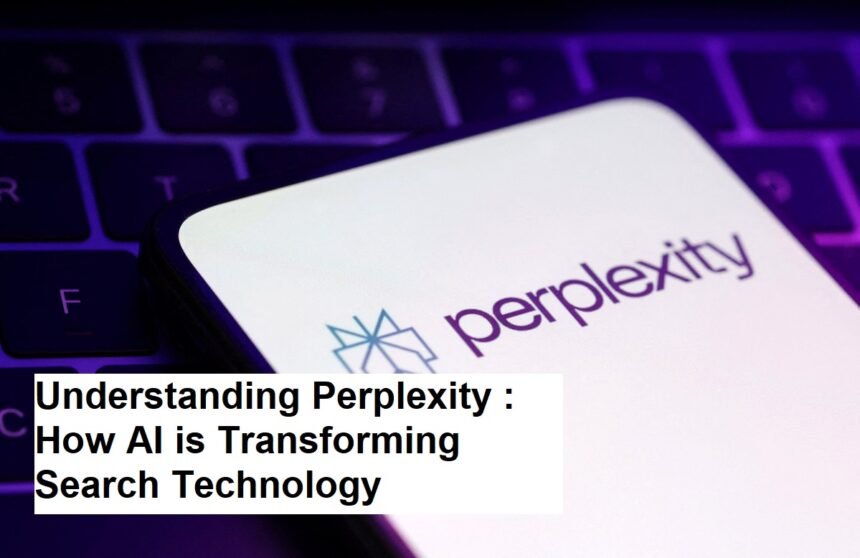Introduction
The world of search technology has seen extraordinary growth over the past decades. From basic keyword-based searches to sophisticated algorithms that understand natural language, the evolution continues at a rapid pace. One of the most groundbreaking developments is “perplexity,” a term gaining traction in the realm of AI-driven search engines. But what exactly is perplexity, and how does it represent a new frontier in search technology supported by artificial intelligence?
The Evolution of Search Engines
Traditional search engines like Google, Bing, or Yahoo relied heavily on keyword matching, backlinks, and page ranking algorithms. While effective, they often struggled to grasp the intent behind a user’s query or to manage complex, conversational questions. To improve relevance and user experience, AI-based natural language processing (NLP) models emerged, allowing search engines to understand context and semantics.
Recent advancements involve large language models (LLMs) like GPT-3 and BERT, which can comprehend nuanced language and generate human-like responses. These models are supported by more complex metrics—one of which is “perplexity.”
What is Perplexity?
Perplexity is a statistical measure used in language modeling to evaluate how well a probabilistic model predicts a sample. In simpler terms, it quantifies how “surprised” or “confused” a model is by a given piece of data. Lower perplexity indicates that the model predicts the data more accurately, meaning it understands the language or pattern better.
In the context of AI-driven search engines, perplexity serves as an indicator of how well the model can understand, interpret, and generate human language, directly impacting the quality of search results or generated content. A model with low perplexity on query data can process complex natural language questions more effectively, providing more relevant and accurate responses.
Perplexity as a Next-Level Search Tool
Unlike traditional search engines that primarily match keywords, perplexity-based systems leverage deep language understanding to interpret the user’s intent at a much more sophisticated level. These systems can handle:
- Complex, multi-layered questions
- Conversational queries
- Ambiguous or vague statements
- Contextual understanding over multiple interactions
For example, instead of searching “Best way to learn Python,” a perplexity-supported search engine could understand the user’s proficiency level, specific interests, or goals, offering personalized guidance.
How AI Supports Perplexity and Search
AI models that utilize perplexity metrics are trained on vast datasets of human language, allowing them to predict what words or phrases are likely to follow within a context. This makes them incredibly effective in understanding natural language, leading to more intuitive search experiences.
Furthermore, these models can generate summaries, answer complex questions, or even engage in multi-turn conversations, bringing search from a simple query-response system to an interactive dialogue with an AI partner.
Advantages Over Conventional Search
- Enhanced Relevance: Better understanding of intent means more accurate results.
- Conversational Interaction: Users can ask questions in natural language, conversational tone.
- Personalization: AI can adapt responses based on context, prior conversations, or user preferences.
- Content Generation: Capable of creating human-like summaries, explanations, or even composing text based on prompts.
Challenges and Future Outlook
While perplexity-based models open exciting possibilities, they also face challenges such as computational costs, biases in training data, and maintaining accuracy across diverse languages and dialects. Nonetheless, ongoing advancements are rapidly improving their capabilities.
In the future, we can expect search engines to go beyond simple keyword matching to becoming intelligent companions capable of understanding complex human language at an unprecedented level—making information retrieval more natural, efficient, and personalized.
Conclusion
Perplexity represents a significant shift towards smarter, AI-powered search systems. As a measure of a model’s language understanding, it embodies the evolution of search engines from keyword matchers to intelligent conversational partners. Embracing this technology promises more accurate, context-aware, and human-like search experiences that align closely with how we communicate and seek information in real life.












